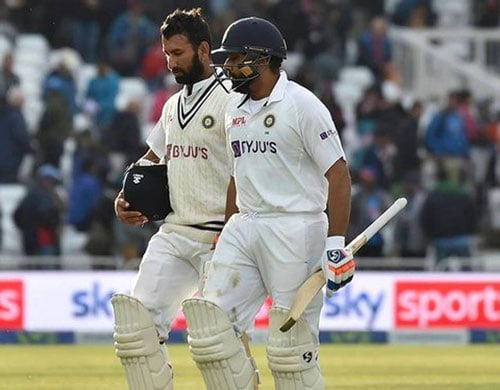Warm weather conditions, a noisy, colourful crowd and five days of unpredictable cricket resulted in a match to remember
An Indian summer describes unseasonably warm, dry, weather that sometimes occurs in the temperate zones of the northern hemisphere between September and November. As of this week, it can be applied metaphorically to the Indian cricket team in England.
Shortly after 4.30 p.m. on Monday at the Oval cricket ground in London, India completed victory over England on the final day of the fourth Test in a five-match series. The scenes inside the ground had a very Indian flavour.
Temperatures were in the mid 20Cs, with a shifting pattern of blue sky and cloud cover, Indian flags and replica team shirts dominated, as did the noise of Indian supporters, driven on by the instruments and chants of the Bharat Army, Team India’s official supporters’ group, which drowned out the usually vociferous English supporting Barmy army.
Even Virat Kohli, the hero/villain Indian captain, began to orchestrate the Indian supporters for additional support.
At the end, Indian supporters and players erupted in a frenzy of excitement and celebration, knowing that not only had they swept England aside but had beaten them at the Oval for the first time since 1971.
Test match cricket receives criticism for a variety of reasons. One is its perceived slowness, in terms of either the number of overs bowled per hour and in the day, or slow scoring by batsmen.
Another relates to protracted and sometimes farcical delays for rain and/or bad light. It also suffers from ridicule and suspended disbelief amongst the uninitiated, who are often incredulous that a match can last for four or five days with no outright winner emerging.
Aficionados of the format would argue that this misses the point completely. The matches are so-called because they are the ultimate cricketing test of skill, technique, preparation, stamina, mental toughness, ability to deal with pressure, tactics and strategy.—Agencies










